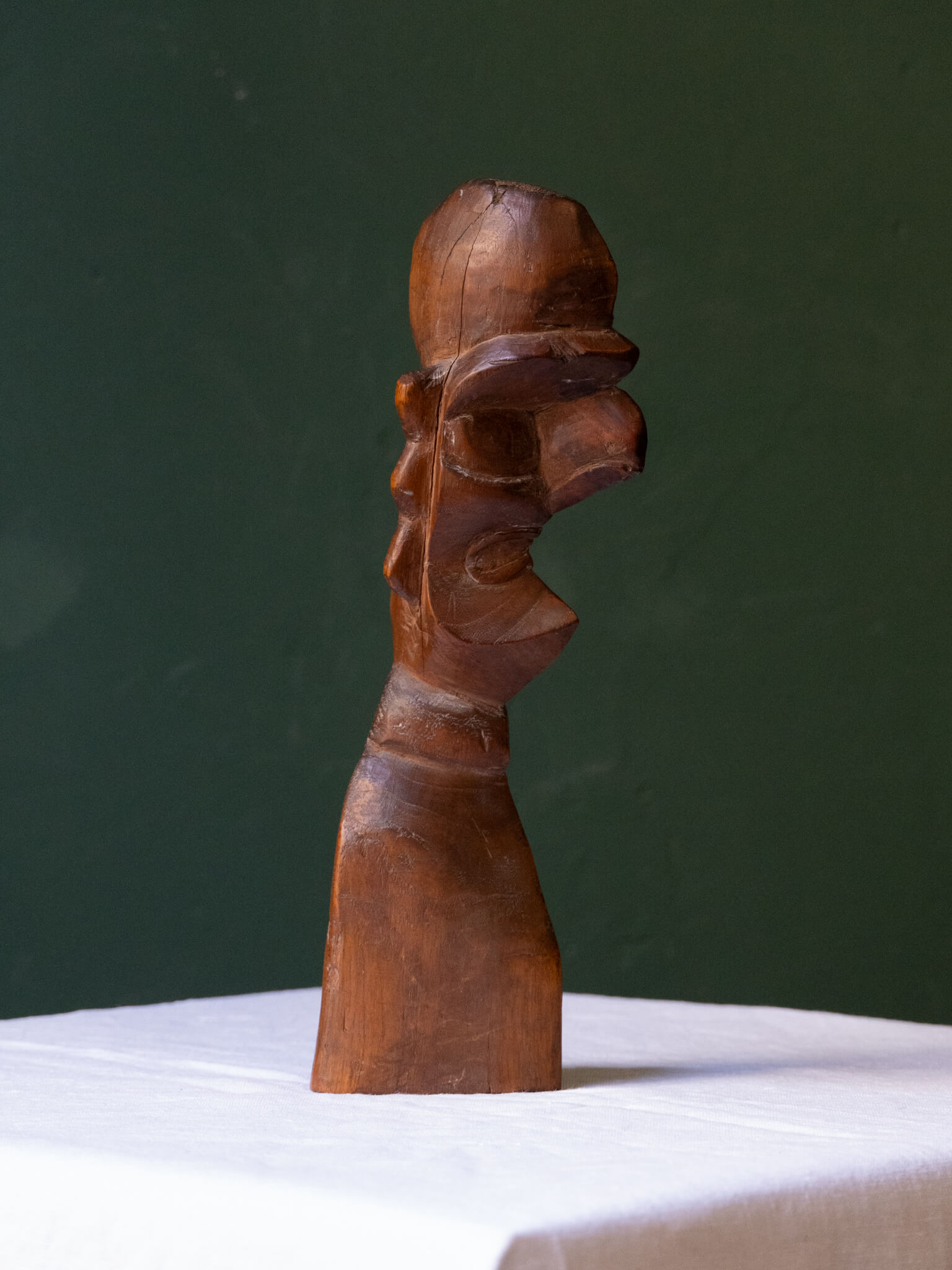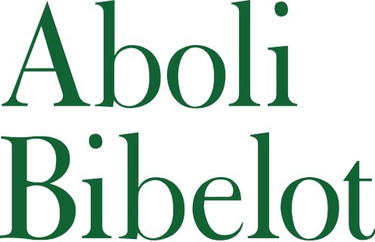
Easter Island Sculpture
€950.00
Rapa Nui (Easter Island) sculpture relating to the 1934 Franco-Belgian expedition.
The bottom of the sculpture has an inscription:
'Schoolschip, Mercator, 1934, Paaseiland, 2 witte , ..?...'
In 1934, The Mercator was to pick up the members of a Franco-Belgian scientific expedition to Rapa Nui, led by the Swiss ethnologist Alfred Metraux and the Belgian Henry Lavachery, who were conducting research there for several months. Lavachery was an art historian affiliated with the Royal Museum of Art and History. On the island, he had primarily focused on recording and studying the petroglyphs, drawings on rocks.
The Mercator and crew brought back many objects to the Royal Museum of Art and History in Brussels, including a 2,7 meter large Moai from the 14th century and many utilitarian objects. Four sculptures in wood (Moai kavakava) are now in the museum collection and all dated as 'before 1935'. As this is the date that the exhibition left Easter Island.
Our example must have been brought back on the same vessel by one of the expedition members, who wrote the inscription on the bottom.
Not a lot is known about the use and significance of these Moai kavakava, but they could have been ancestors or demon figures.
German Expressionist Max Ernst was inspired by these figures and their rituals. The figures were also collected by the French surrealist André Breton.
